#UnfinishedBusiness: the story of the Rhodes student center effort
May 2, 2019
Clusters of folks circle around tables, gather around couches and TVs, and eat together from the fast cafe. The space buzzes with conversation and collaboration. It feels refreshing, exciting, and alive. It is the spring of 2016, and we had stumbled upon the Denver Community College’s student center.
We began asking questions—what is the purpose of a student center? Why doesn’t Rhodes have one? Did we ever have one? Do we need one?
At the end of our alternative spring break in Denver, a few of us began research at Rhodes. As it turns out, Rhodes students have been asking these questions long before us – not only had meetings occurred the prior summer concerning the need for more student spaces on campus, but Rhodes once housed a Student Center in what is now the Briggs Computer Science Center. Then-called ‘Rhea Lounge’ was the hub of campus, offering crucial services such as the student mailroom, canteen, and the student bookstore. The offices of various student organizations and resource centers occupied the second floor. Over time, however, the services scattered across campus – traffic in the lounge decreased, furniture grew stale and outdated. The need to house an expanding computer science program superseded the former student space.
We then needed to understand whether or not the resurgence of a student space was even needed on campus, seeing as Rhea Lounge fell to irrelevancy. I assembled student leaders from across campus to envision what a student space could be. We considered whether or not current spaces at Rhodes encouraged us to connect with one another and step outside of our academic role as students. While the first floor of the library and the Middle Ground attracted a large number of students, they were inextricably linked with the stresses of academic life. Dorm common rooms were ideal, but intermingling between the different dorms was not common or encouraged. The Lair had potential, but lacked space for the diversity of needs a student center would fit. These meetings led to the creation of a group on campus exclusively dedicated to this effort.
This working group collected interviews from students who were frustrated at the dominance of Greek culture on the weekends with few alternatives. Students repeatedly emphasized the negative mental impact of not having a healthy place available 24/7 to escape the rigor of academic stresses at Rhodes. Many students spoke of how they had to physically leave campus to de-stress. Commuter students lamented the awkward spaces of time between classes or before late-night meetings. Organization leaders vocalized the desire for better avenues of communication with other organizations and the space to collaborate and share interests.
We tried to imagine a multi-use space capable of meeting multiple student needs. We envisioned a building where one could organically meet friends from all majors across campus. We brainstormed about centralizing of student resources. More space for multicultural groups on campus. A game room. Prayer and meditation space. A movie theater. A third-party dining option with fresh to-go foods. A center to exhibit students’ artistic endeavors. A space for us to grow, connect, and be.
In the spring of my freshman year, I shared our findings with a working group of the board of trustees. The trustees were sympathetic, but upon sharing what it was that we desired (a non-academic, non-residential, non-dining student space dedicated to the use and agency of students), there was the sense of disagreement. One meeting member cited the main issue as students needing to get off their phones and go outside more. If individual student stories couldn’t convince the higher powers of the need for this space, we needed the numbers to do it.
Then vice-president Spencer Beckman and past president, Thomas Mitchell, led an effective campaign to gather the signatures of over half the student body in the fall of 2016. Rhodes Student Government hosted a float over homecoming adorned in a banner supporting a student center. We passed out stickers and plastered the campaign across campus, creating a website in the process.
These efforts did not go unnoticed – in the fall of 2018, President Hass announced the inclusion of a student center in the school’s strategic plan. While the creation of a student center will take time, the conversion of the Barrett Basement and Neely Hall in the Rat are efforts to provide more sites of student-focused space. The renovations in the library basement stemmed from a need to relocate Information/Tech department to the second floor, which is closer to the Info Services Department currently on the second floor. While the library could have converted the basement to storage, the staff convened to dedicate the space to students.
As I write this article from the new red couches in the Rat, I look around and see a glimpse of the activity we saw at the Denver Community College four years ago. While the campus renovations are exciting steps towards providing more student space on campus, I urge students to continue advocating for the value of non-academic, non-residential, non-dining student space at Rhodes. An entrance hall and a basement are valuable additions to campus but are not replacements for what a multi-use space could provide. I am grateful for the folks who dedicated their time to this effort and shared their stories for why this campaign is needed.
As we work toward a student space which meets the needs of this campus, we need to remember why it is important in the first place—to develop and assemble community at this college. This movement has manifested from this community of students and faculty for at least the past four years, and I hope to see it continue as an alum. Even though we have come this far, there’s still unfinished business. Let’s make sure it gets done.



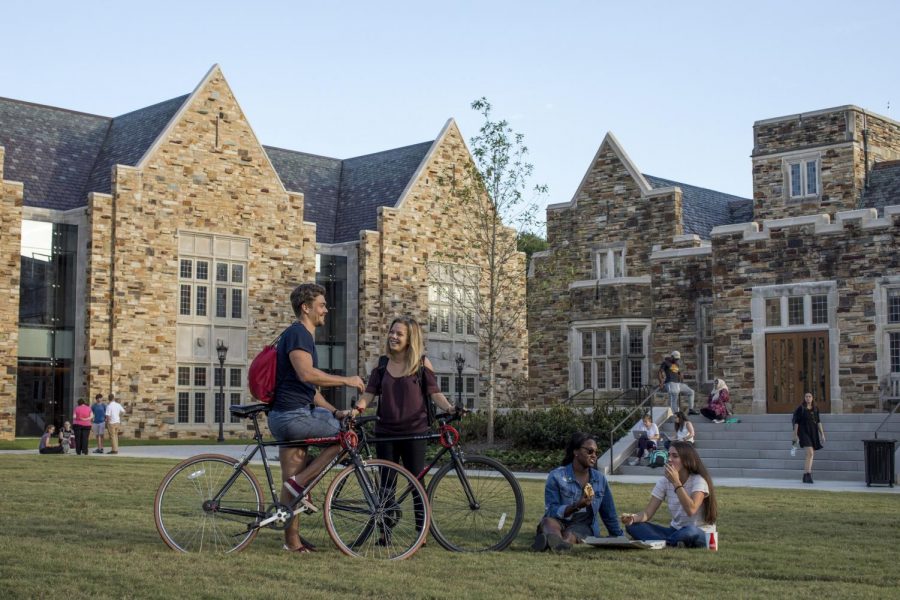

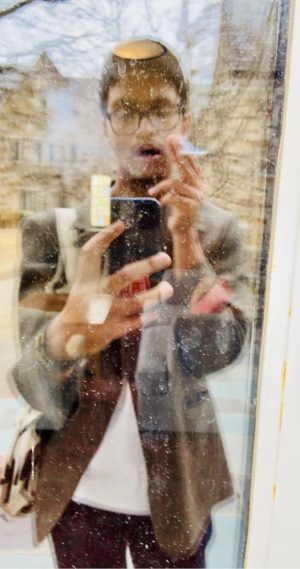
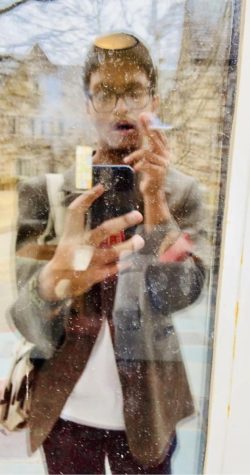
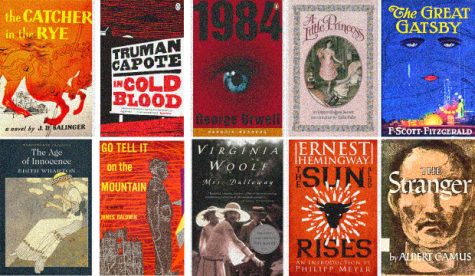

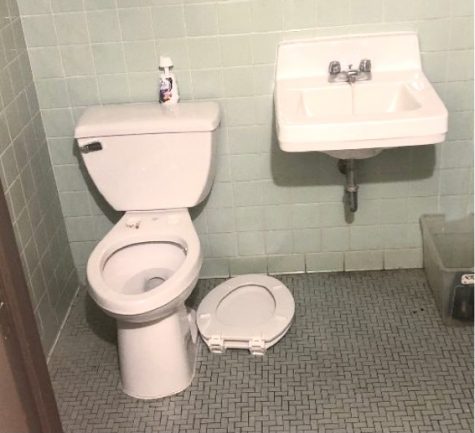
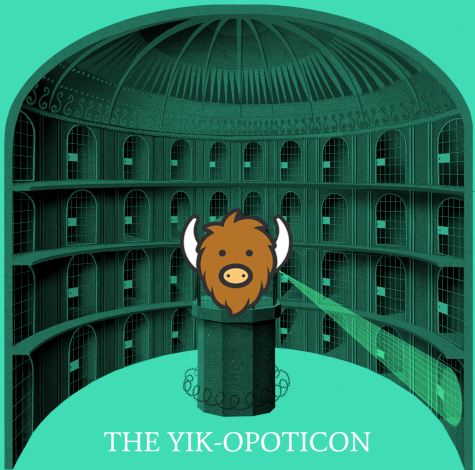


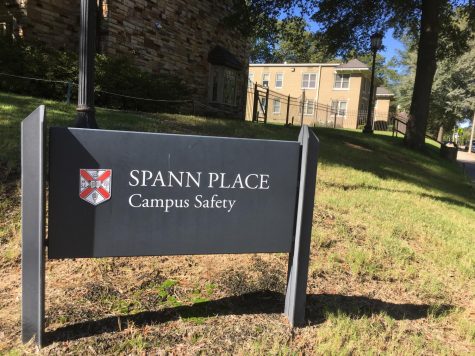

Ann Bruce de Pineda • Jul 28, 2019 at 6:59 pm
I attended Rhodes, then called Southwestern at Memphis, from 1964 to 1968. Two young men studied philosophy and felt superior to those of us who were out picketing a restaurant which had denied a friend entrance based on his race. The two philosophers suggested we aggravate the police so they would spray us with tear gas. Of course their job was to smoke their pipes and drink their beers in the student center, like most “progressive” young men at the time. I won’t mention the names of the two, who considered themselves great scholars. They were barely sixty when they passed away, both the same year, I think. I just hope all your work is not just to accommodate similarly ridiculous people. In case you’re wondering, no, we didn’t provoke the police to spray us with tear gas.